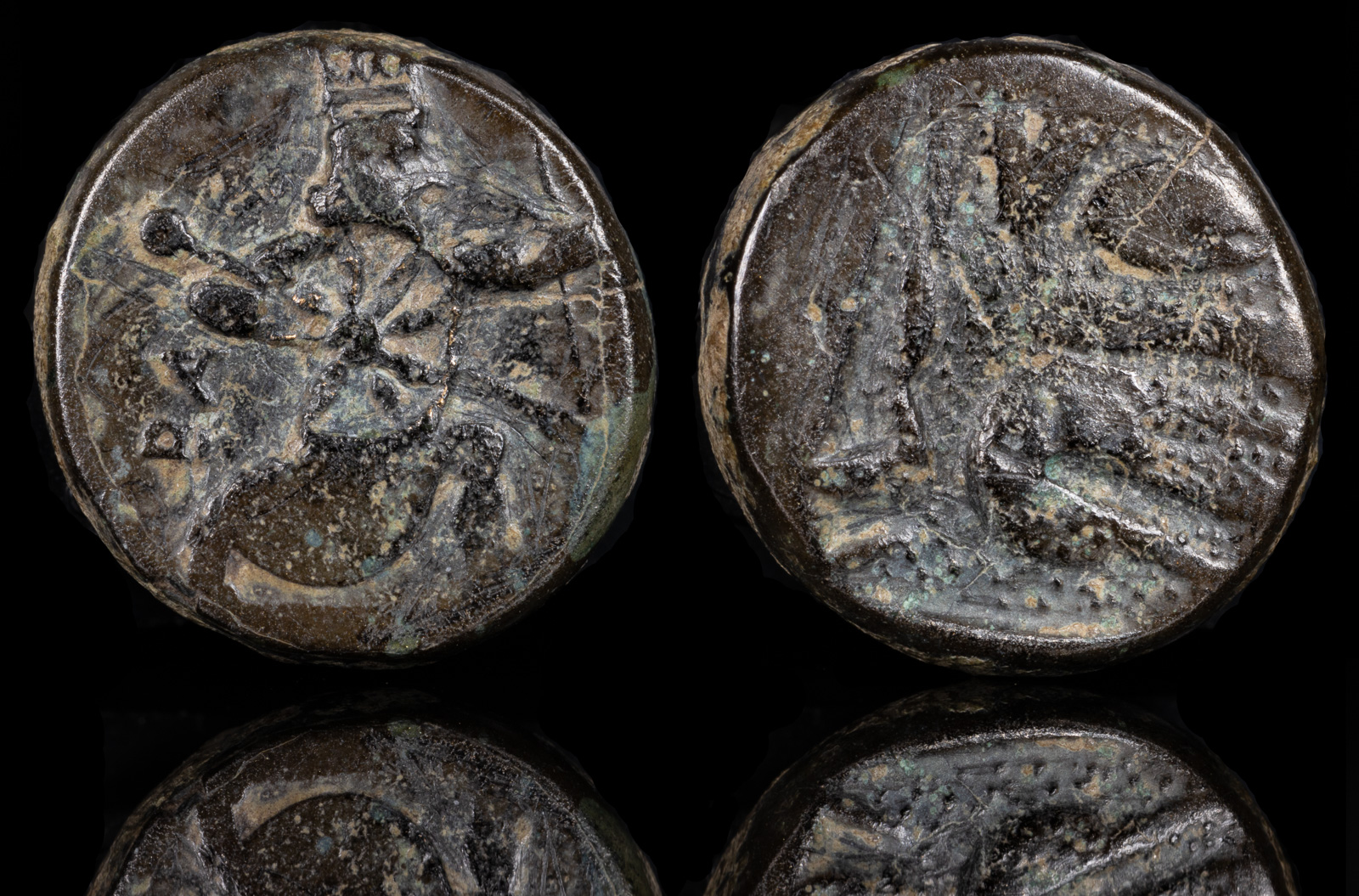Kandys
View All Tags
One of the distinctive features of the kandys was its sleeved design, which was unusual compared to the more common sleeveless cloaks of the time. The sleeves were often left empty and draped behind the wearer, giving the garment an elegant and ceremonial appearance. This design emphasized the wearer’s wealth and leisure, as it suggested they did not need to perform manual labor. In some instances, however, the sleeves were functional and used, particularly in colder regions or during travel. The flexibility of the kandys made it a versatile piece of clothing that could be adapted to various occasions and climates.
The kandys was an essential element of the Persian court dress, often worn over a tunic and belted at the waist. Its materials and embellishments varied depending on the rank and wealth of the wearer. For instance, high-ranking officials and members of the royal family might have worn kandyses made from luxurious fabrics, such as embroidered silk or wool, sometimes adorned with intricate patterns, gold thread, or decorative trims. These garments were symbols of power and refinement, reinforcing the hierarchical nature of Persian society.

Persia, Achaemenid Empire, temp. Artaxerxes III to Darios III
c. 350-333 BCE
AE 11mm, 2.39g
Uncertain mint in western Asia Minor (Ionia or Sardes?). Persian king, wearing kidaris and kandys, in kneeling-running stance r., holding spear in r. hand, bow in l.; c/m: eight-rayed star within incuse circle. R/ Incuse rectangle, containing pattern possibly depicting relief map of the hinterland of Ephesos.
Johnston, Earliest, Æ 4; Mildenberg, Münzwesen pp. 25-26 and pl. XIII, 112; BMC (Ionia) p. 34, 7.
Ex London Ancient Coins